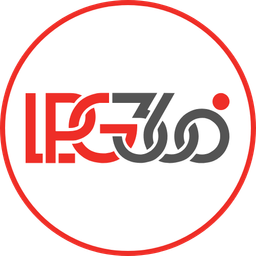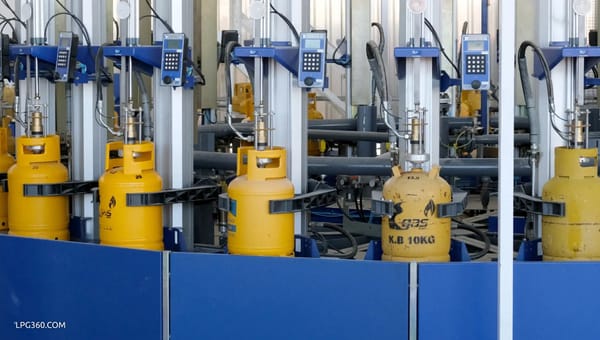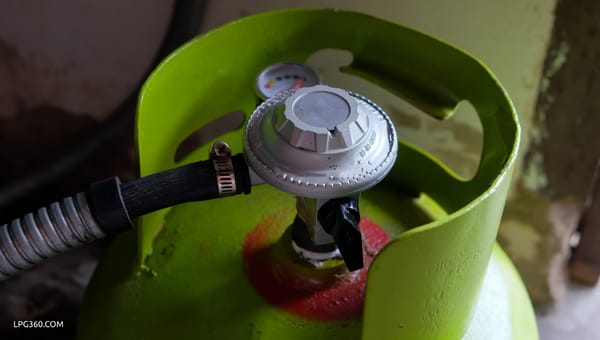Inside an LPG Plant: The Engine Behind Clean Energy
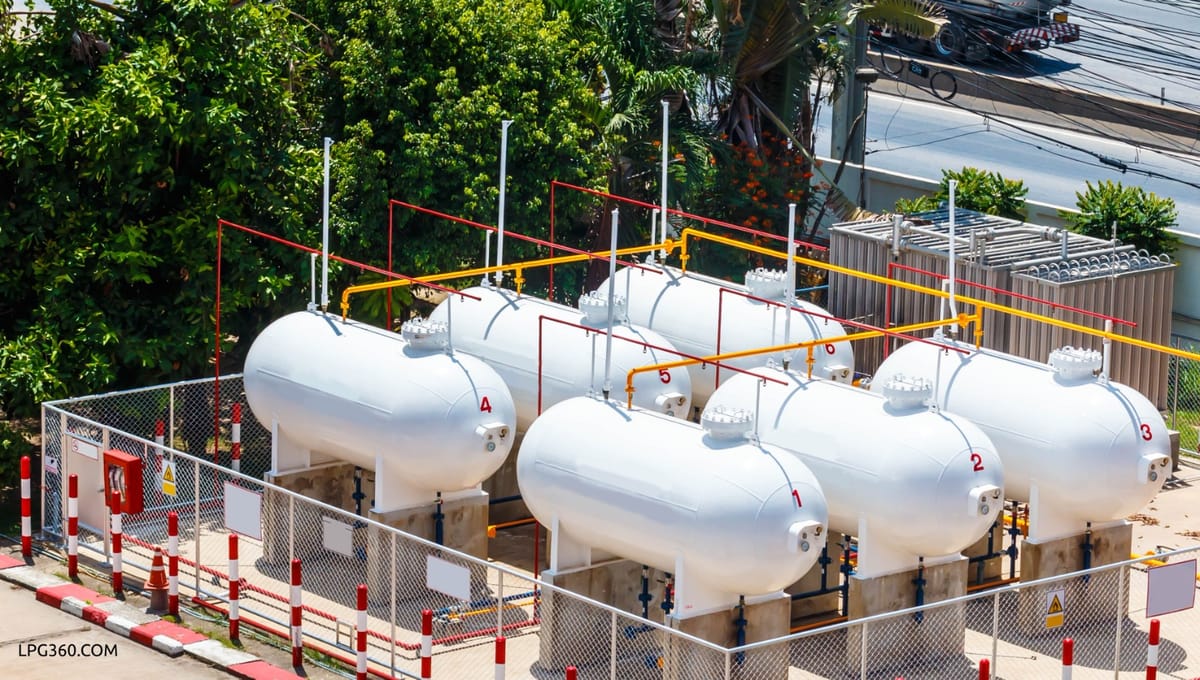
An LPG (Liquefied Petroleum Gas) plant is more than just a fuel processing unit—it’s a vital hub in the global energy infrastructure. These plants play a critical role in storing, bottling, distributing, and sometimes refining LPG for both domestic and industrial use. With increasing energy demands and an emphasis on cleaner fuels, LPG plants are evolving to be more efficient, environmentally conscious, and safety-driven.
Key Features and Functions of a Modern LPG Plant
- Storage Facilities
LPG plants typically house large pressurized storage tanks or bullets designed to safely store propane and butane under high pressure or at low temperatures. - Filling and Bottling Units
These units handle the transfer of LPG into cylinders, ensuring proper weight, safety, and sealing. New automated systems are increasing both speed and accuracy. - Bulk Loading Bays
Trucks and tankers collect LPG from the plant in bulk to transport it to industrial clients or other distribution points. - Safety Systems and Controls
Advanced leak detection, fire suppression systems, and emergency shutdown protocols are mandatory for LPG plants to ensure worker and community safety. - Control Room Operations
Centralized monitoring and control systems allow operators to manage pressure levels, tank volumes, and loading activities in real-time. - Environmental Safeguards
LPG plants are increasingly investing in vapor recovery units (VRUs) and low-emission technology to reduce their environmental impact. - Quality Assurance
LPG is tested for purity, pressure, and energy content before distribution, ensuring that the product meets safety and performance standards. - Energy Efficiency Measures
Plants are implementing energy-saving equipment, LED lighting, and heat recovery systems to reduce operational costs. - Maintenance & Risk Management
Routine inspections, predictive maintenance, and risk-based monitoring are crucial to avoid downtime and accidents. - Community Integration
Many LPG plants are located near communities. Thus, public safety training, awareness campaigns, and CSR programs are often run alongside operations.
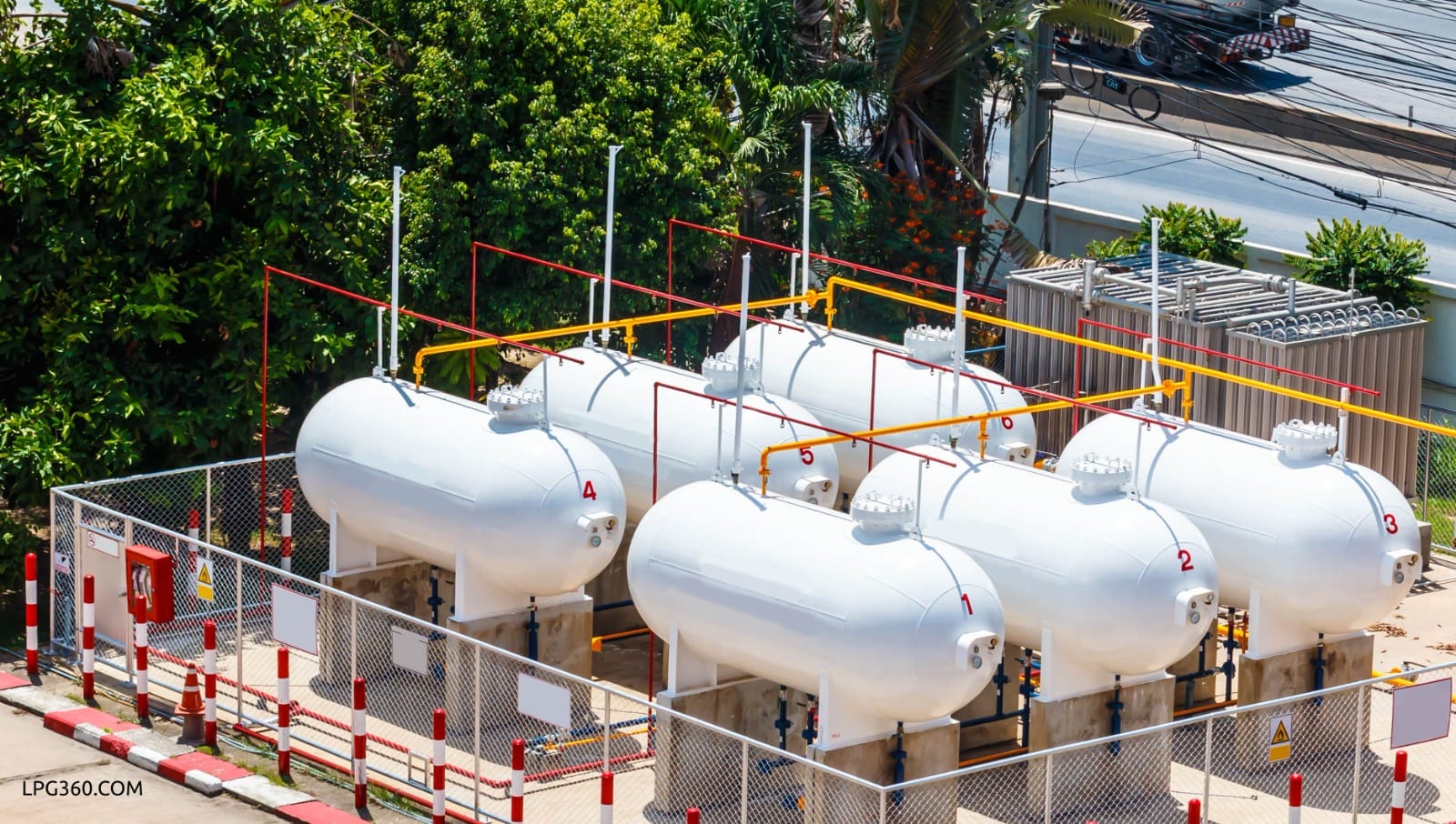
Conclusion
LPG plants are the operational backbone of the LPG supply chain. With technological upgrades, environmental priorities, and safety protocols, these plants are preparing to meet the future of clean energy head-on.
#LPG #LPG360 A#LPGPlant #CleanEnergy #EnergyInfrastructure #FuelSafety #LPGOperations #GasPlantTechnology #LPGSupplyChain #SmartEnergySolutions #LPGEfficiency #SustainableFuel #EnergyTransformation #LPGIndustry #PlantSafety #EcoFriendlyEnergy #LPGFuture


